Astronomers have detected a giant plume of water vapor from Enceladus, a small moon of Saturn with the potential to find extraterrestrial life.
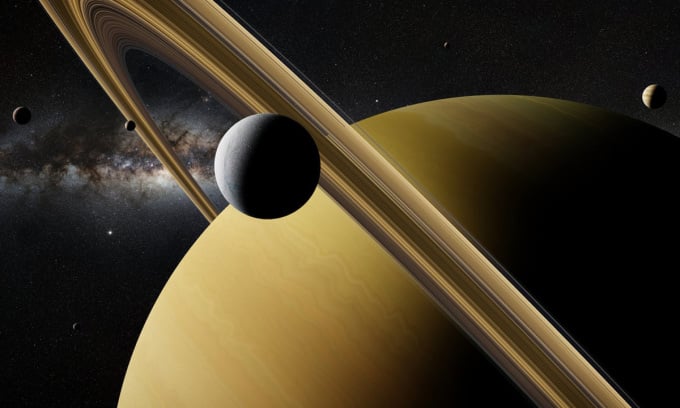
Moons, including Enceladus (foreground), orbit Saturn. Photo: dottedhippo/Getty/iStock
The jet, which is about 9,600km long – roughly the distance between Ireland and Japan – is spewing water into space at an estimated 300 litres per second, the Guardian reported on May 30. Experts have long believed that Enceladus, a moon about 500km wide, harbors a deep ocean of saltwater beneath its icy crust and could be spewing water vapor into space. However, this is the first time such a large jet has been observed.
“We were really impressed by the size and length of the plume,” said planetary scientist Geronimo Villanueva at NASA’s Goddard Space Flight Center, who was part of the research team. The new study was published in the journal Nature Astronomy.
The team observed Enceladus, Saturn's sixth-largest moon, with the James Webb Space Telescope last November. Measurements from the telescope showed that the plume was causing Enceladus to lose 300 kilograms of water per second, enough to fill an Olympic-sized swimming pool in a few hours.
Previous observations of Enceladus have detected plumes of water vapor, carrying ice grains and organic chemicals, erupting like geysers on Earth through cracks called tiger stripes on the moon’s surface. Because Enceladus orbits Saturn so quickly, completing one orbit in just over a day, the vapor spills into the moon’s orbit and forms a giant torus. According to data from the telescope, about 30% of the water that escapes from Enceladus is trapped in the torus, while the rest escapes into space around Saturn.
In 2017, NASA scientists said that Enceladus has nearly all the ingredients for life known to man, including water, energy, and chemical elements. The energy source is thought to be similar to the hydrothermal vents teeming with life on Earth's seafloor. Future missions to Enceladus will help study the thickness of the icy outer shell and the depth of the subsurface ocean.
Thu Thao (According to Guardian )
Source link





![[Photo] Prime Minister Pham Minh Chinh chairs the Government's special meeting on law-making in April](https://vstatic.vietnam.vn/vietnam/resource/IMAGE/2025/4/13/8b2071d47adc4c22ac3a9534d12ddc17)






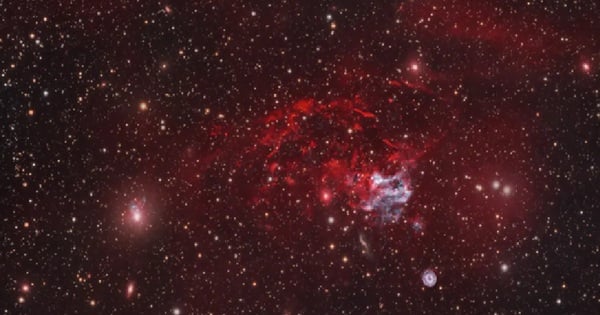
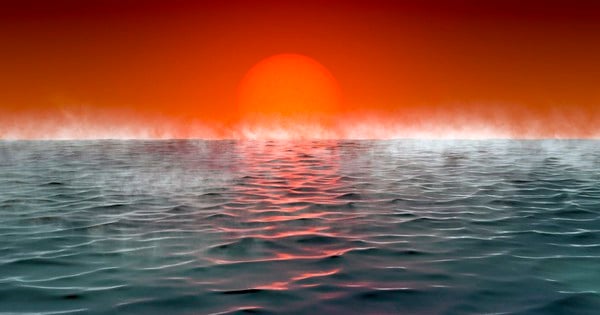
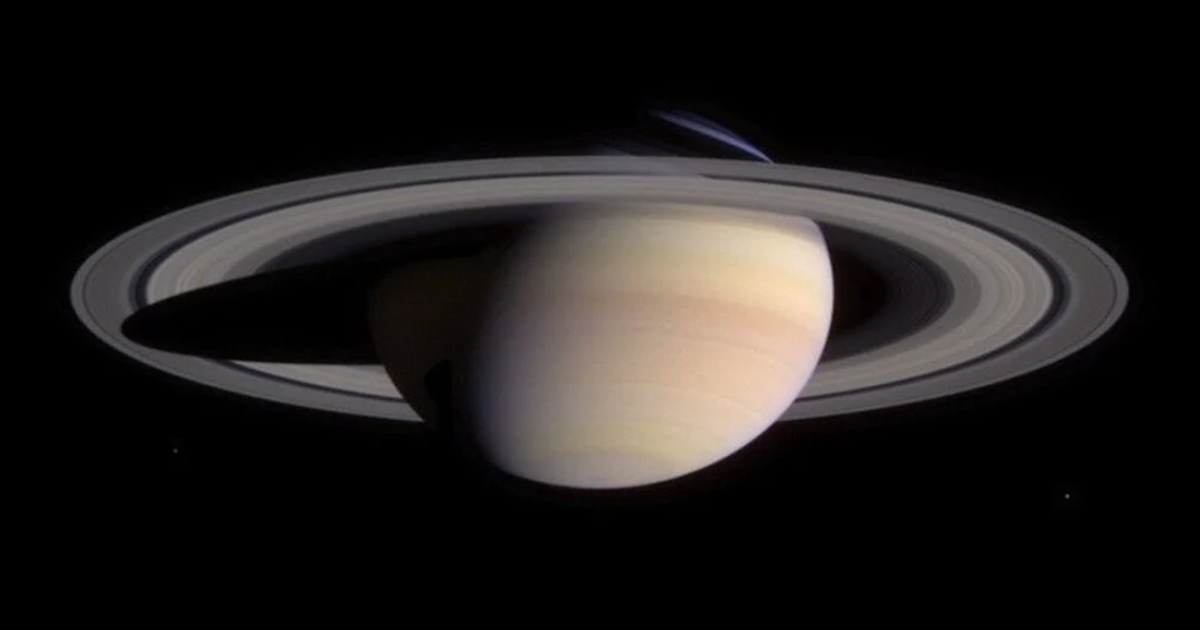

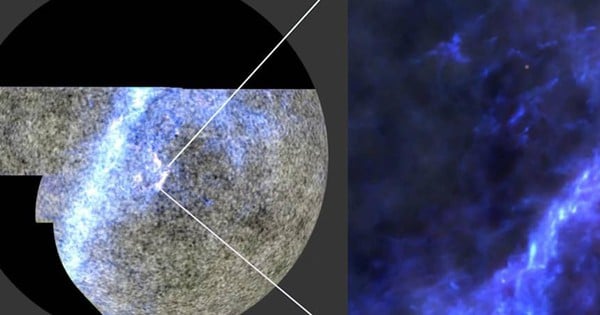















![[Photo] Closing of the 11th Conference of the 13th Central Committee of the Communist Party of Vietnam](https://vstatic.vietnam.vn/vietnam/resource/IMAGE/2025/4/12/114b57fe6e9b4814a5ddfacf6dfe5b7f)

































































Comment (0)